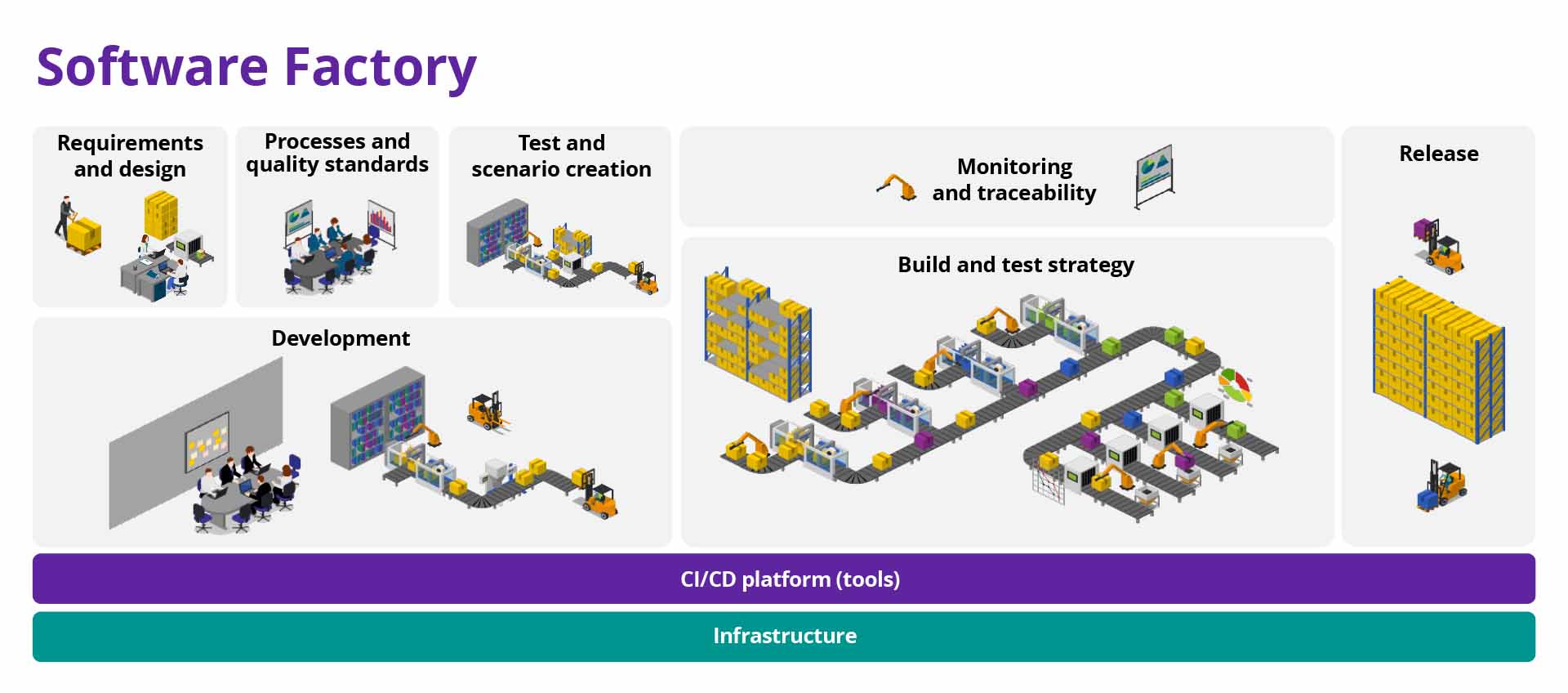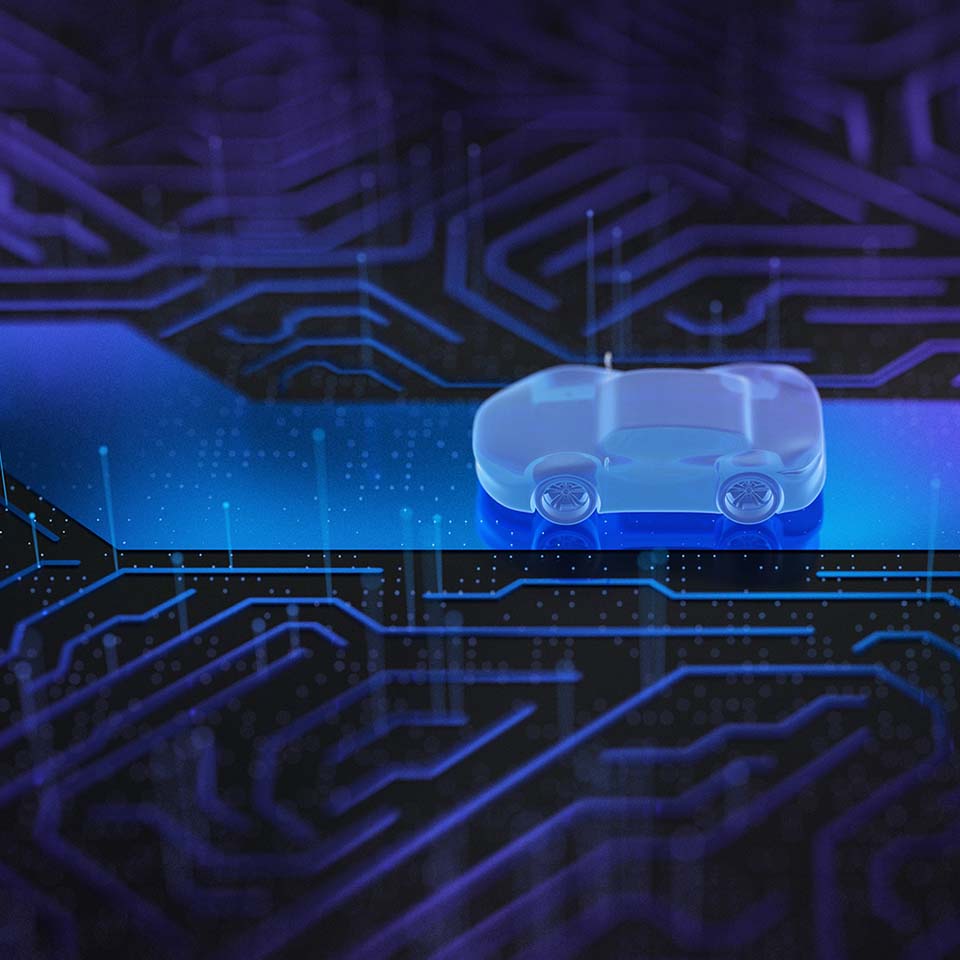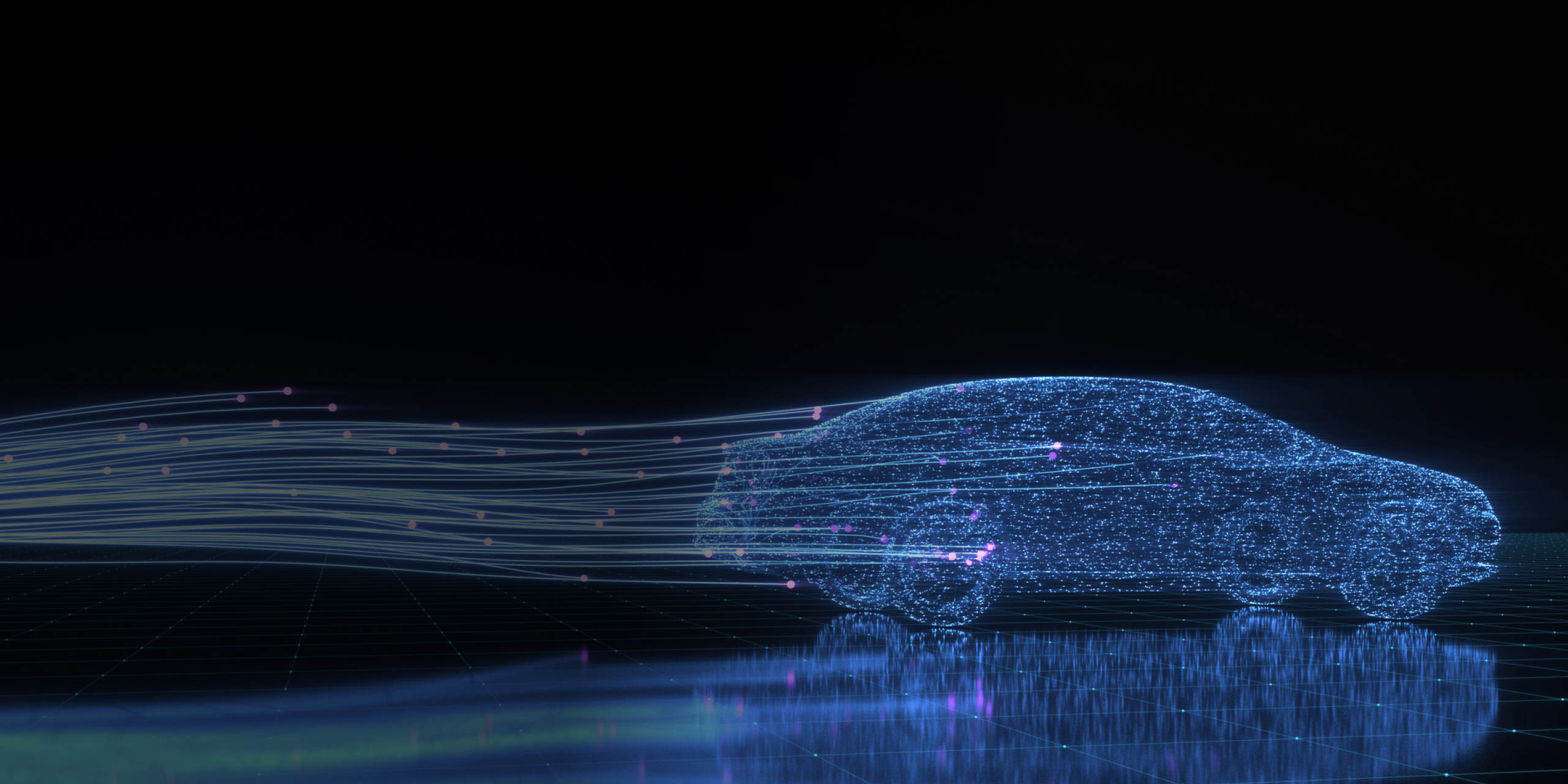In brief
- Modern software, particularly in fields like autonomous driving and software-defined vehicles, is massively complex, involves intricate requirements and the adherence to strict standards
- Traditional software development methods often fall short, being too slow, costly and inefficient for these complex, high-end software projects
- The software factory (SWF) model offers a streamlined, systematic approach to handling these challenges, improving efficiency and meeting all demands effectively
Why modern software development requires new methodologies
In today's fast-paced digital world, software development has evolved far beyond the days of single-developer projects. Nowadays, software products consist of dozens of modules with thousands of lines of code each. They are produced in teams and on a large scale, just like products in a real-world brick-and-mortar factory. Traditional software development cycles are too slow, time-consuming and expensive for these kinds of high-end software projects. Imagine trying to build a skyscraper singlehandedly with just a hammer and nails — it's an impossible task. But this is the reality that many companies face when developing complex software for autonomous vehicles and other high-tech applications. Traditional development cycles simply can't keep up with the demand for speed, precision and compliance — it’s time for the development methodologies to adapt.
Enter the software factory: A revolutionary approach designed to streamline and supercharge the software development process. Let’s take a tour through a software factory and discover how it can transform your development projects.
What is a software factory?
Think of a software factory as a structured and systematic approach for producing software. More specifically, it’s a group of software assets used to help produce computer software applications or components according to specific end-user requirements. These requirements need to be specific, testable and end-user oriented; they’re typically defined by clients and are often referred to as 'externally defined end-user requirements'. Put simply, a software factory is like a well-organized workshop where everything is set up to build software quickly and correctly, making sure the finished product does exactly what it is supposed to do.
A guided tour through the factory
Imagine walking through a bustling, state-of-the-art factory. Different departments, each with a specific role, working together seamlessly to create a final product. The same concept applies to a software factory. Let’s take a tour.

- Requirements and design
Our first stop is the requirements and design department. Here, software architects and designers gather and refine the requirements from clients and stakeholders — think of it as creating a detailed blueprint for a building. Nowadays, model-based architecture is often used to ensure that every detail is accounted for, making the foundation strong and reliable. - Developer environment
Next, we move to the developer wing — the start of the production line. This is where the magic happens: A team of talented developers writes and modifies code, using state-of-the-art Generative AI technology, which is then stored in a source code repository. From there, the code is built into usable software, pre-tested and prepared for the next stages. - Processes and quality standards
Now we enter the processes and quality standards bureaus. Here, experts analyze industry regulations and standards, ensuring that the software meets all necessary criteria. For a software factory focused on automated driving, this includes adhering to standards like ASPICE, FuSa, and SOTIF. It's like having a quality control team in a traditional factory, making sure everything meets the highest standards. - Test and scenario creation
With a version of the software ready, we head to the test and scenario creation department. Here, testing experts put the software through rigorous tests to ensure that it meets all requirements and quality standards. One common method is to use simulations, with scenario files describing the testing environments. Other methods range from local test runs using software in the loop (SiL) or hardware in the loop (HiL) to virtual electronic control units (ECUs) and cloud-based remote testing platforms like DXC Zoreza Global’s Test Automation Platform (TAP) — a first step toward virtual validation. This stage ensures the product is robust and reliable before moving forward. - Build and test strategy
At the heart of the factory we find the build and test strategy department. This command center is responsible for coordinating all the steps from initial requirements to final release. The team has many responsibilities: Managing artifacts, automating builds and conducting virtual testing, for example. They use a variety of tools, including CI/CD and DevOps tools, test benches for SiL and HiL testing, and digital twins. Moreover, quality gates ensure that the software product is flawless before it is released. - Release
Next, we visit the release department. Here, the completed software versions are stored in the artifact repository (think of it as the warehouse of a factory), ready to be delivered to clients. - Monitoring and traceability
Finally, monitoring and traceability: This department ensures that every step of the software creation process is documented and traceable. Not only do clients demand this level of transparency, but it’s also required by standards like ISO/SAE 21434. This department keeps detailed records, ensuring everything can be reviewed and audited if necessary.
And there you have it: The tour is complete. Hopefully, the many similarities between software development and the production of real goods are obvious. But, creating a software factory is no mean feat — software has its own needs and demands, and every grown development environment has its own tools and processes. That’s where software factory experts like our SWF offering come in.
With our extensive expertise in all aspects of software factory implementation, we’re ready to guide you in establishing your own. Our unique transformation process serves as the blueprint for success.
The DXC Zoreza Global transformation process
We have developed a four-step process for a successful transformation toward a software factory:
- Assessment
We start with an in-depth analysis of the current environment and target structure. This includes evaluating tool chains, the degree of automation, and test centralization. Based on this assessment, we identify a lead project for the transformation. - Proof of concept
The lead project serves as a proof of concept. During this phase, we set up and closely monitor tools and processes, focusing on known bottlenecks and critical key points like the use of virtual ECUs for testing. - Implementation and return on investment
Once the lead project meets all the requirements, we roll out the changes to a production project. This stage allows us to accurately calculate the return on investment and demonstrate the tangible benefits of the transformation. - Scale to organization
With the new software factory process up and running for the first project, we scale it to other projects within the organization, configuring each one individually to fit its unique needs.

Bringing it all together
A software factory offers numerous advantages, including easier software reuse, early bug detection, and stress-free passing of assessments. At DXC Zoreza Global, we have the expertise to help you build your own software factory. Contact us today to start your transformation journey.









